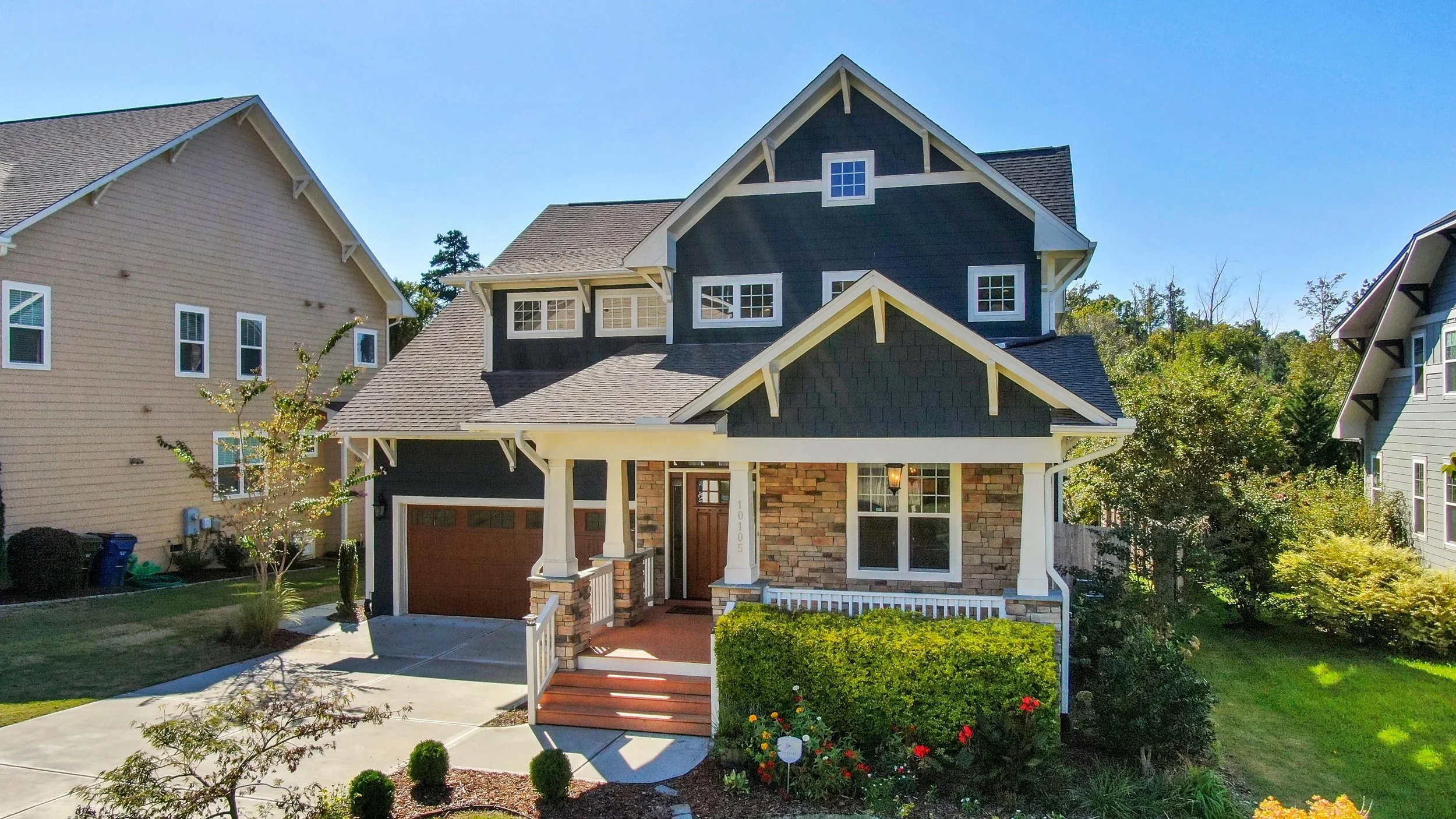The Home Inspection Checklist for Older Homes: What to Expect
RH Business Marketing Solutions
Buying an older home can be an exciting adventure filled with character and charm. However, it's essential to approach the purchase with caution and diligence, especially when it comes to the home inspection process. In this guide, we'll explore the home inspection checklist for older homes, shedding light on what to expect and how to navigate potential challenges. Whether you're a first-time homebuyer or a seasoned homeowner, understanding the unique considerations of inspecting older properties is crucial for making informed decisions and ensuring the long-term health and safety of your investment.
The Importance of Home Inspections for Older Homes
Older homes often come with a unique set of challenges due to wear and tear, outdated systems, and potential structural issues. Therefore, conducting a thorough home inspection is essential to uncovering any hidden problems and understanding the overall condition of the property. Here's why home inspections are particularly important for older homes:
● Identifying Deferred Maintenance: Over time, older homes may have experienced deferred maintenance, where necessary repairs were postponed or neglected. A comprehensive inspection can help identify areas of concern, such as deteriorating roofing, aging electrical systems, or plumbing issues, allowing you to address them before they escalate into costly repairs.
● Assessing Safety Hazards: Older homes may contain safety hazards that are no longer up to current building codes. These can include outdated electrical wiring, lead-based paint, asbestos insulation, or inadequate structural support. A thorough inspection will help identify these hazards and ensure the safety of occupants.
● Understanding Structural Integrity: The structural integrity of an older home is of utmost importance. Settlement issues, foundation cracks, or deteriorating support beams can compromise the stability of the entire structure. A qualified inspector will assess the home's foundation, framing, and load-bearing elements to ensure they are sound and secure.
● Evaluating Historical Features: Older homes often boast unique architectural features and historical elements that add to their charm. However, these features may also present maintenance challenges or hidden issues. A knowledgeable inspector can evaluate these features, such as original windows, plaster walls, or intricate woodwork, to ensure they are well-maintained and structurally sound.
The Home Inspection Checklist for Older Homes
Now that we understand the importance of home inspections for older homes, let's delve into the specific items that inspectors typically evaluate:
● Roofing: Inspectors will assess the condition of the roof, looking for signs of wear, damage, or leaks. They will examine the roofing material, flashing, gutters, and chimney to ensure they are in good condition and properly installed.
● Electrical Systems: Older homes may have outdated electrical systems that are no longer up to code. Inspectors will evaluate the electrical panel, wiring, outlets, and switches to identify any hazards or deficiencies. They may recommend updating the electrical system to improve safety and efficiency.
● Plumbing: Plumbing issues are common in older homes due to aging pipes, corrosion, or improper installations. Inspectors will check for leaks, water pressure, and drainage problems, as well as assess the condition of the water heater and sewer lines.
● Heating and Cooling Systems: Older homes may have outdated heating and cooling systems that are inefficient or nearing the end of their lifespan. Inspectors will evaluate the furnace, boiler, air conditioning units, and ductwork to ensure they are functioning properly and well-maintained.
● Foundation and Structural Integrity: The foundation is the backbone of any home, and it's crucial to ensure it is structurally sound. Inspectors will look for signs of foundation settlement, cracks, or moisture intrusion that could compromise the home's stability.
● Insulation and Ventilation: Proper insulation and ventilation are essential for maintaining a comfortable and energy-efficient home. Inspectors will assess the insulation levels in the attic, walls, and floors, as well as check for adequate ventilation in the attic and crawl spaces.
● Environmental Hazards: Older homes may contain environmental hazards such as lead-based paint, asbestos, or mold. Inspectors will identify these hazards and recommend appropriate remediation measures to ensure the health and safety of occupants.
Navigating the Home Inspection Process
Navigating the home inspection process for older homes can feel daunting, but with the right knowledge and guidance, you can approach it with confidence. Below are some tips to assist you in effectively navigating the process:
● Choose a Qualified Inspector: Selecting a qualified and experienced home inspector is critical, especially when dealing with older properties. Look for inspectors who specialize in older homes and have a thorough understanding of their unique challenges and features.
● Attend the Inspection: Whenever possible, attend the home inspection in person. This allows you to ask questions, gain insights into the home's condition, and better understand any issues identified by the inspector.
● Review the Inspection Report: Take the time to carefully review the inspection report and discuss any concerns with your inspector. Pay close attention to major issues that may require immediate attention and factor them into your decision-making process.
● Prioritize Repairs: Once you've received the inspection report, prioritize the repairs and maintenance tasks based on their urgency and importance. Addressing critical issues promptly can help prevent further damage and ensure the long-term health and safety of your home.
Conclusion
Navigating the home inspection checklist for older homes requires careful attention to detail and a thorough understanding of the unique considerations involved. By conducting a comprehensive inspection and addressing any issues proactively, you can ensure the long-term health, safety, and value of your investment. Remember, an older home may come with its challenges, but with proper care and maintenance, it can provide years of comfort, charm, and happiness for you and your family.
